CISSP - The Complete Exam Guide
Loại khoá học: IT Certifications
This Course Covers the Content to Help You Prepare For the CISSP Certification.
Mô tả
CISSP is the gold standard for security certifications. It covers the breadth of information security’s deep technical and managerial concepts. Learning to effectively design, engineer, and manage the overall security posture of an organization.
This course covers Domain 1 - Security and Risk Management. This domain is one of the most important domains in the CISSP exam. It lays the foundation, covering security concepts that all the other domains build upon. Understanding exactly what security means and the core concepts around assessing and managing the wide array of risks we face is fundamental to every domain in the CISSP.
Domain 2 - Asset Security. An asset is anything we value. When we have highly valued assets, such as sensitive data, securing those assets throughout their lifecycle is paramount. We will learn about data standards, classification, regulations, retention, and controls to protect organizational value.
Domain 3 - Security Engineering. Engineering is about understanding and designing systems that work. Security is a fundamental part of any well-designed system. This domain will help you understand the engineering lifecycle and various models and security components required in data structures and physical facilities. We also learn how cryptography fits in to information security.
Domain 4 - Communication and Network Security. Information is not just stored; it is also transmitted and must be secured in transit. Understanding networking models, protocols, hardware components, and possible attack vectors is vital to information security. It is one of the most important domains on the CISSP exam.
Domain 5 - Identity and Access Management. Controlling who can access valuable resources can lead to proper confidentiality, integrity, and availability. A CISSP must understand mechanisms and techniques to verify a subject’s authenticity before authorizing access. They must be able to assure that only proper interactions have occurred and mitigate potential attacks.
Domain 6 - Security Assessment and Testing. Understanding the effectiveness of your security measures is vital. As you collect and review logs, verify software development security, and undergo security audits and certification you can have some assurance and insight into your security status and needs.
Domain 7- Security Operations. From incident response that involves investigation of evidence to facility access management and disaster recovery planning, testing, and implementation, this domain requires putting security principles and concepts into practice.
Domain 8 - Security in the Software Development Life Cycle. Many of the most publicized security issues have stemmed from flaws in the software code. While a CISSP does not have to be a software developer, they must understand and be able to communicate software development security needs. In this domain you will learn important terminology and concepts of software development.
Bạn sẽ học được gì
Understanding Information Security Concepts in Domain 1 - Security and Risk Management
Defining Security
Security Governance
Effective Security Program
Compliance
Global Legal and Regulatory Issues
Understand Professional Ethics
Business Continuity (BC) & Disaster Recovery (DR) Requirements
Manage Personnel Security
Risk Management Concepts
Threat Modeling
Acquisitions Strategy and Practice
Security Education, Training, and Awareness
Understanding Information Security Concepts in Domain 2 - Asset Security Managing Data: Determining and Maintaining Data Ownership
Data Standards
Protecting Data
Protecting Data Classifying Information and Supporting Assets
Ensuring Appropriate Retention Determining Data Security Controls
Selecting Standards
Understanding Information Security Concepts in Domain 3 - Security Engineering
Using Security Design Principles in The Engineering Lifecycle
Understanding Fundamental Concepts of Security Models
Exploring Information Systems Security Evaluation Models
Ensuring Security Capabilities of Information Systems
Discovering Vulnerabilities of Security Architectures
Securing Databases
Analyzing Vulnerabilities and Threats
Applying and Using Cryptography
Implementing and Operating Facilities Security
Site Planning
Understanding Information Security Concepts in Domain 4- Communication and Network Security
Secure Network Architecture and Design
Implications of Multi-Layer Protocols
Converged Protocols
Securing Network Components
Network Attacks
Understanding Information Security Concepts in Domain 5 - Identity and Access Management
Physical and Logical Access to Assets
Integrate Third-Party Identity Services
Implement and Manage Authorization Mechanisms
Prevent or Mitigate Access Control Attacks Identity and Access Provisioning Lifecycle
Assessment and Test Strategies Collect Security Process Data Internal and Third-Party Audits
Resource Protection and Incident Response
Preventative Measures against Attacks
Patch and Vulnerability Management
Change and Configuration Management
The Disaster Recovery Process
Business Continuity and Other Risk Areas
Building and Inside Security
Security of the Software Environment
Assess the Effectiveness of Software Security
Assess Software Acquisition Security
Understanding Information Security Concepts in Domain 6 - Security Assessment and Testing
Understanding Information Security Concepts in Domain 7 Security Operations
Understanding Information Security Concepts in Domain 8 - Security in the Software Development Life Cycle
Yêu cầu
- 5 Years IT/Security experience
Nội dung khoá học
Viết Bình Luận
Khoá học liên quan

Đăng ký get khoá học Udemy - Unica - Gitiho giá chỉ 50k!
Get khoá học giá rẻ ngay trước khi bị fix.

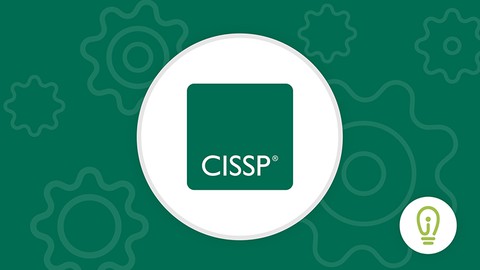

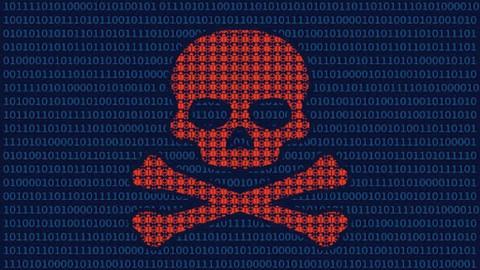


![Java Certification : OCA (1Z0-808) Exam Simulation [2023]](/uploads/courses/udemy/1464072_c364_6.jpg)



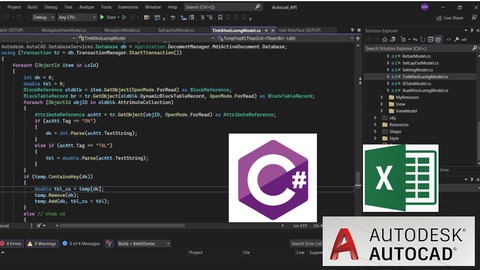

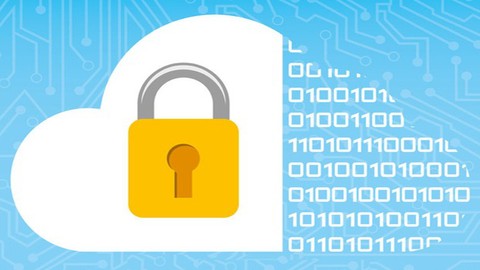
![10 Sample Exams ISTQB Foundation Level (CTFL) v4.0 [NEW!]](/uploads/courses/udemy/3228307_dcb2_10.jpg)
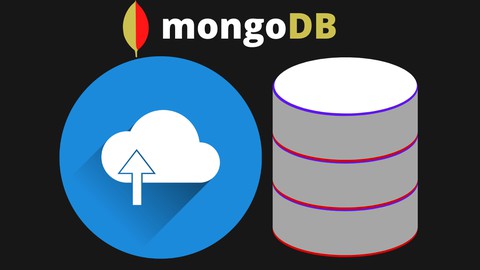
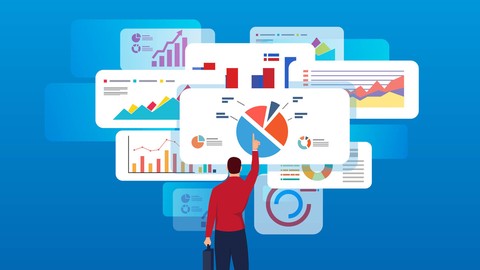


Đánh giá của học viên
Bình luận khách hàng